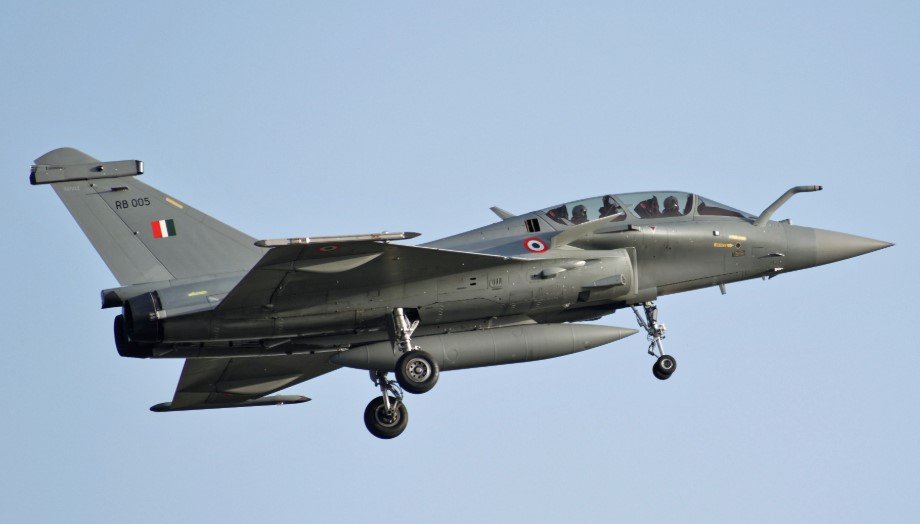A high-level committee tasked with assessing the Indian Air Force’s (IAF) future needs has submitted its findings to Defence Minister Rajnath Singh. The report, presented by Defence Secretary Rajesh Kumar Singh, outlines critical priorities and long-term strategies to enhance the IAF’s operational capabilities.
Addressing Fighter Jet Shortfall
One of the most pressing concerns highlighted in the report is the shortage of fighter jets. With aging aircraft being phased out, the IAF has been seeking new inductions to maintain combat readiness. The committee’s recommendations include accelerating procurement processes and bolstering indigenous production.
- Focus on acquiring additional squadrons of Rafale and Tejas fighters.
- Fast-tracking the procurement of the Multi-Role Fighter Aircraft (MRFA) under Make in India.
- Enhancing collaboration with global defence manufacturers for joint ventures.
The government is expected to take a holistic approach to these recommendations, ensuring they align with India’s strategic defence requirements.

Indigenous Manufacturing and Self-Reliance
The report emphasizes strengthening India’s defence manufacturing sector. As part of Atmanirbhar Bharat, there is a push to reduce dependence on foreign imports while expanding domestic capabilities.
Hindustan Aeronautics Limited (HAL) has been tasked with expediting the production of indigenous fighter jets, transport aircraft, and drones. The committee has also proposed an increase in funding for defence startups and research institutions to drive innovation in next-generation aviation technologies.
Enhancing Air Defence Capabilities
To counter evolving aerial threats, the IAF’s modernization strategy includes an overhaul of its air defence systems. The report suggests integrating cutting-edge missile systems and advanced radar networks for enhanced surveillance.
Key proposals:
- Expanding the S-400 missile defence system deployment.
- Accelerating the development of indigenous surface-to-air missile systems.
- Strengthening cyber defence mechanisms against electronic warfare threats.
Strengthening Force Multipliers
The committee underscored the importance of force multipliers, such as mid-air refueling aircraft and airborne warning systems. These assets play a crucial role in extending operational range and improving situational awareness during missions.
Currently, the IAF operates a limited number of aerial refueling tankers. The report recommends acquiring additional tankers and exploring lease options to bridge gaps in capabilities. Additionally, plans are underway to induct more Airborne Early Warning & Control (AEW&C) systems to enhance real-time battlefield intelligence.
Next Steps for Implementation
With the report now in the hands of the Defence Ministry, the next phase involves reviewing and prioritizing recommendations for execution. Sources indicate that a phased implementation approach will be adopted, considering budgetary allocations and strategic urgency.
India’s air force modernization remains a key national security priority, and the latest report sets the stage for decisive action in the coming years.
